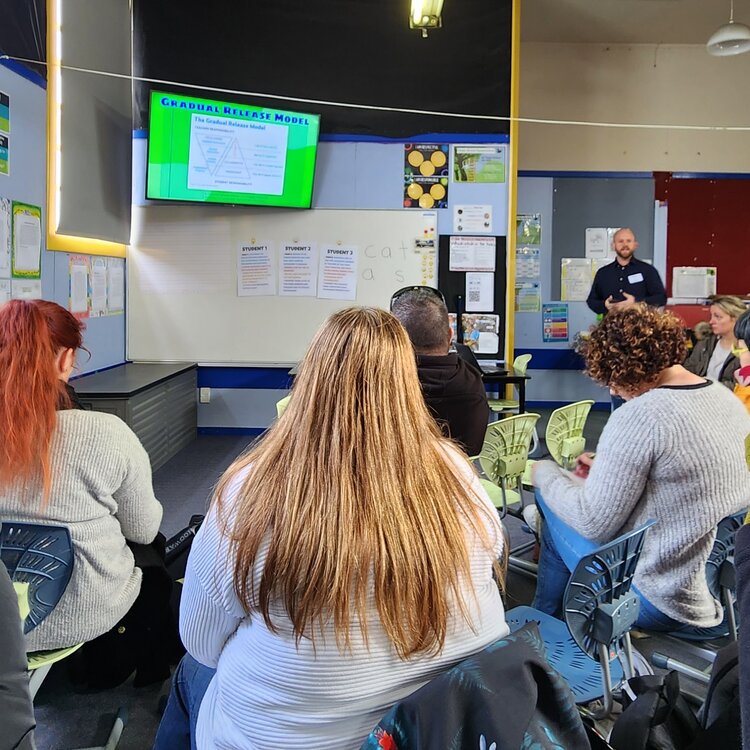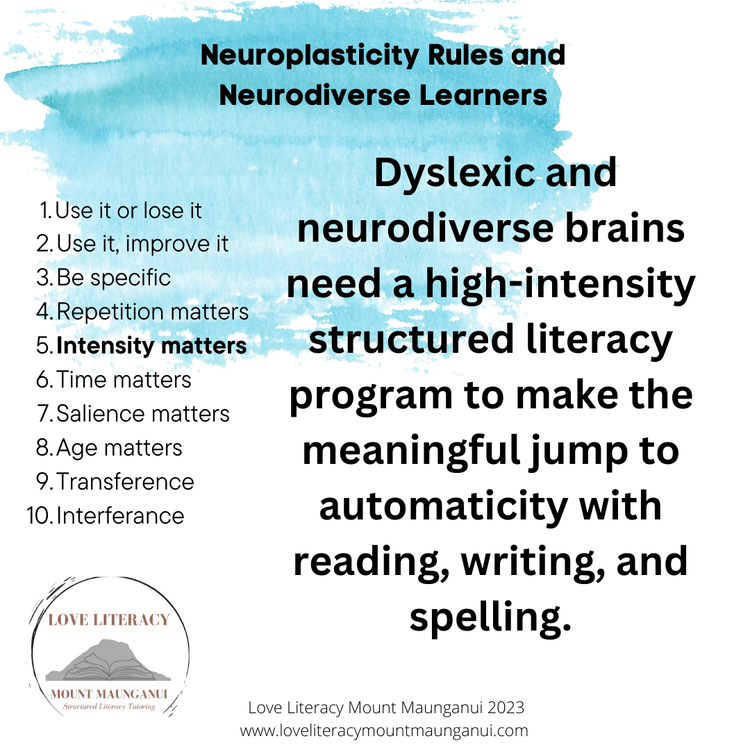
I was recently asked about how I incorporate The Writing Revolution (TWR) into my tutoring sessions. It’s a great question and one that I’m happy to break down for you. To give you some background, I purchased TWR in July 2022 after I noticed that the students I was working with were struggling with critical […]

After reading a good article this week about whether we need to assign homework (Thank you, Linda Kimpton, from Effective Education Practices NZ – Following the Science and the Evidence) I thought I might write my two cents worth on this matter, and the role I see for homework, or home learning as I like […]

Sharing Best Practice – Wellington 2023 Here is post number three! Sharing information and knowledge is so important. The second workshop I attended at SBP Wellington was run by Dr. Helen Walls and was about The Significance of Handwriting to Writing (and Reading). I was really glad I managed to get into this workshop. I’ve […]

Sharing Best Practice – Wellington 2023. Here is my second post from SBP Wellington. I attended the breakout workshop put together by Jason Barkle, the Year 7&8 teacher at Tawa School. I chose to attend this workshop as currently I am working with several students from Year 6 through to Year 9, and I thought […]

I had a fabulous day attending “Sharing Best Practice July 2023” in Wellington. Despite the freezing and rainy weather in Wellington (who would have figured!), there was a great turnout of people at Tawa School. The event ran smoothly, thanks to the hard work of the Tawa School team. The workshops were fantastic and […]
Neuroplasticity Rule #7 – Salience Matters This week I’m looking at Neuroplasticity Rule number 7 – Salience Matters. This post is short and sweet! I hope you have enjoyed the various posts I have put up over the weeks, I’ve really enjoyed reading into Neuroplasticity Rules and how these can be looked at through the […]

Neuroplasticity Rule #8 – Age matters This week we look at Neurplasticity Rule number eight, I look at how Age Matters for Dyslexic and Neurodiverse learners when learning to read, write and spell. Age really does matter, and this is because any type of change brought about by teaching something in a specific way, occurs […]

Neuroplasticity Rule #9 Wow, we are almost at the end of the ten rules of neuroplasticity! I hope you have enjoyed this as much as I have! This week we look at the Neuroplasticity Rule of ‘transference’. Transference can be described as follows: “Plasticity (change) in response to one training experience, can enhance acquisition of […]

Neuroplasticity Rule #10 Interference. Here we are in the final week of looking at the ten rules of Neuroplasticity, through the lens of a dyslexic or neurodiverse learner. The final rule is interference. Unfortunately, changes in the brain that result in bad habits, may interfere with learning good habits (https://www.cfimove.org/). As Kleim & Jones (2008) […]

Neuroplasticity Principle #5 In Neuroplasticity Principle number 5, we look at how intensity matters in teaching reading, writing, and spelling in order to make the necessary changes and cement skills for automatic retrieval for dyslexic and neurodiverse learners (and all learners!). “Change (plasticity) requires intensive training” (2023, Centre for Independence). If you want to get […]









